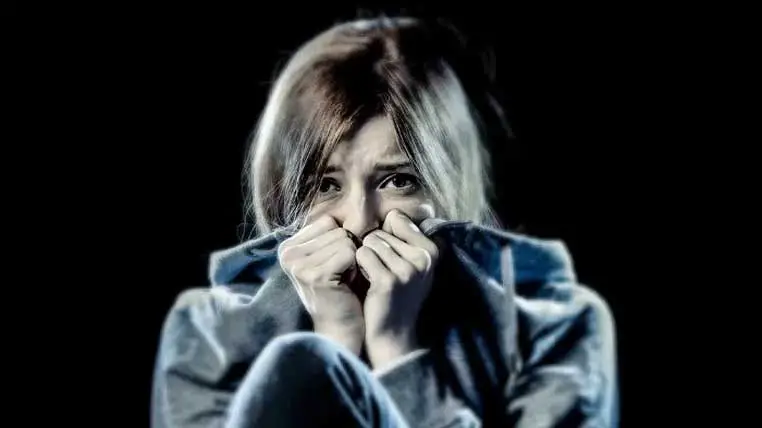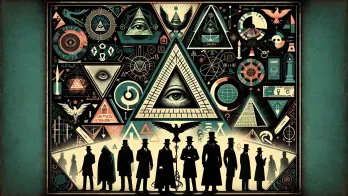Our list of 12 strange phobias only includes phobias that are medically recognized.
We have excluded phobias often talked about in other similar lists but not recognized by medical professionals.
For example, phobias such as optophobia (fear of opening one’s eyes), arahibutirophobia (fear of peanut butter sticking to the roof of the mouth), or gelotophobia (fear of laughter) are not medically recognized, and it is doubtful for any real person to suffer from these fears.
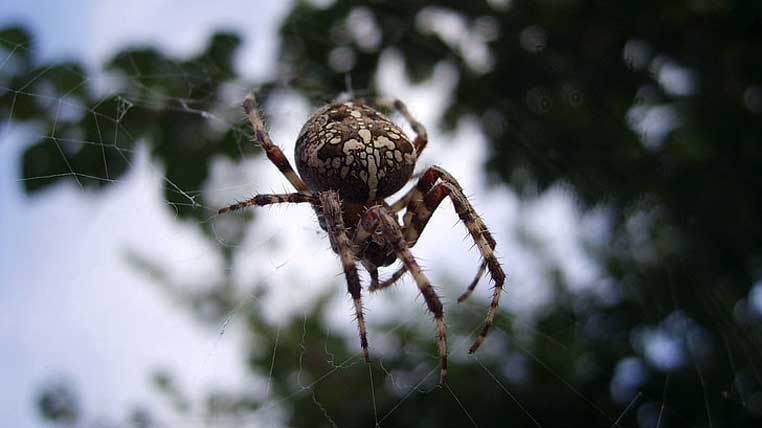
Strange Phobias - Zoophobia
Zoophobia, or the fear of animals (except for humans), is an irrational fear or aversion to animals that manifests as a generally adverse reaction towards animals.
It is usually divided into several subgroups, each attributed to a specific type of zoophobia.
Although zoophobia, in general, is quite rare, many of its subgroups are common.
For example, a 2020 study showed that approximately 12% of adults in the United States suffer from at least one of the phobias that belong to a zoophobia subgroup:
- Ailurophobia: fear of cats
- Arachnophobia: fear of spiders
- Batrachophobia: fear of amphibians
- Chiroptophobia: fear of bats
- Cynophobia: fear of dogs
- Entomophobia: fear of insects
- Echinophobia: fear of horses
- Ichthyophobia: fear of fish
- Lepidopterophobia: fear of butterflies and/or moths
- Melissophobia: fear of bees
- Murophobia: fear of mice and rats
- Ophidiophobia: fear of snakes
- Ornithophobia: fear of birds
- Ostraconophobia: fear of crustaceans
- Ranidaphobia: fear of frogs
- Vermiphobia: fear of worms
The triggers of zoophobia are not fully understood.
Still, some factors that increase the risk of developing this phobia include having one or more family members who are afraid of animals, genetic factors that make some people more anxious than others, and traumatic or negative experiences with animals.

Vestiphobia
Vestiphobia, or the fear of clothing, is another strange phobia that ranks in the 11th position on this list. This fear is often focused on a specific type of clothing.
A case study published in March 2011 at Kranji Medical Centre in Singapore analyzed the bizarre behavior of a war veteran beset with extreme anxiety whenever he had to wear a uniform.
Other patients have problems with tight clothing on their bodies or, in more extreme cases, with any type of clothing.
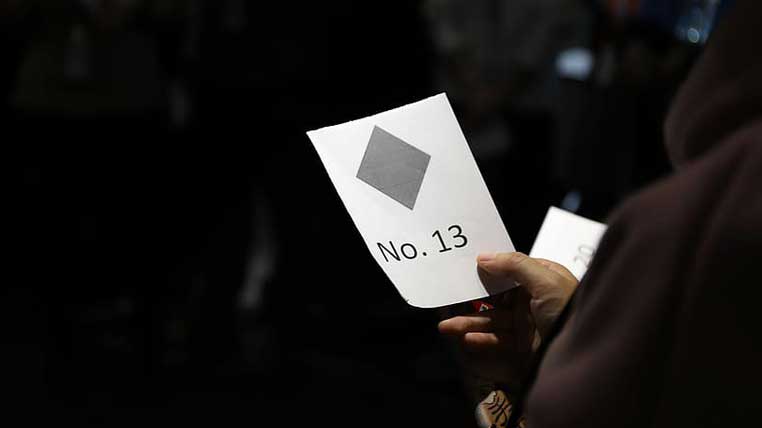
Arithmophobia
Arithmophobia, or the extreme fear of numbers, ranks in the 10th position on this list.
Some people fear specific numbers, such as the “unlucky” number 13, while others fear all numbers.
Arithmophobia can interfere significantly with everyday life. People suffering from this phobia may encounter difficulties getting certain jobs, paying bills, or managing a budget.
Sometimes, the fear of a certain number is linked to a religious belief or superstition.
For example, the number four is considered unlucky in Japan, China, and Vietnam because it sounds like the word for “death.” In some Asian countries, the number four is missing from elevators, hotel room numbers, and product serial numbers.
The irrational fear of the number 13 (also known as triskaidekaphobia) can be attributed to religious traditions.
For instance, in the Christian tradition, Judas, the betrayer of Jesus, was the thirteenth apostle invited to the Last Supper. The Nordic god of mischief, Loki, is the thirteenth god in the Nordic pantheon.
The fear of the number 666 (also known as hexakosioihexekontahexaphobia) is widespread in Western cultures.
The “Book of Revelation” in the Bible lists 666 as the “number of the beast.” Many horror movies with religious undertones incorporate the number into the plot as a sign of evil or the end of the world.

Strange Phobias - Ephebiphobia
The ninth position in the top list of strange phobias is occupied by ephebiphobia.
What is Ephebiphobia?
Ephebiphobia is an irrational fear of teenagers. People who suffer from this phobia negatively perceive teenagers and mistakenly believe that all teenagers have bad or violent behavior.
What other phobias are associated with ephebiphobia?
It is not uncommon for a person to suffer from one or more phobias. Someone afraid of teenagers may also be frightened of:
- Pedophobia – fear of babies and young children
- Gerontophobia – fear of elderly adults
Why are people with ephebiphobia afraid?
Someone with a fear of teenagers may be afraid of any possible interaction with teenagers, whether in person, online, or on television.
Thus, those who suffer from ephebiphobia avoid places where interactions with teenagers are possible, such as video game arcades, amusement parks, schools, high schools, universities, movie theaters, malls, or TV shows or movies with teenagers.
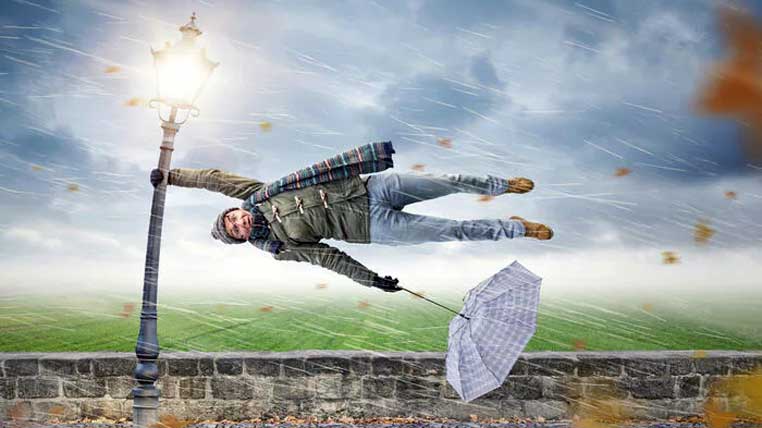
Anemophobia
The eighth position in the top list of strange phobias is occupied by anemophobia.
What is anemophobia?
Anemophobia, sometimes called ancraophobia, is an irrational fear of air.
Some people are afraid of air currents, while others are afraid of gusts of wind or storms. In extreme cases, some people are even scared to swallow air, which is a subcategory of anemophobia called aerophobia.
In such rare cases, patients’ lives and activities are severely affected, and need specialized medical treatment and therapy sessions.
Like many phobias, anemophobia, especially the fear of severe storms, is relatively common in young children. Children may not always understand the world around them, and violent weather phenomena can be frightening.
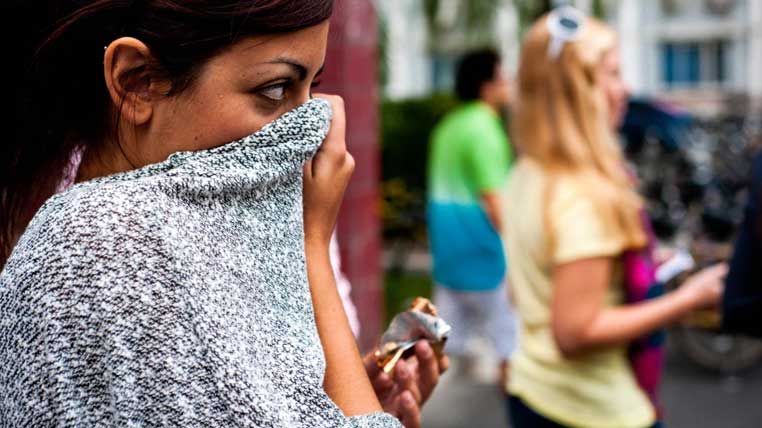
Strange Phobias - Osmophobia
The seventh position in the top list of strange phobias is occupied by osmophobia.
What is osmophobia?
Osmophobia is defined in medical dictionaries as a morbid fear of smells. Although this condition is relatively rare as a stand-alone phobia, it is fairly common among those suffering from migraines.
Thus, many migraine sufferers report excruciating headaches, sometimes triggered by strong smells. Understandably, this causal link can give rise to a fear of smells.
A study conducted in Brazil in 2015 found that out of 235 headache patients, 147 were diagnosed with migraines, and 53% of those suffering from migraines also suffered from osmophobia.
What can cause osmophobia?
The sense of smell is very personalized, and what smells wonderful to one person can smell terrible to another. In addition, smells are closely linked to memories of past experiences.
For example, smelling a loved grandparent’s favorite perfume or the flowers in bloom when you asked your sweetheart to marry you can trigger pleasant memories.
Equally, smells associated with unpleasant or traumatic events in a person’s life can be the basis of osmophobia.
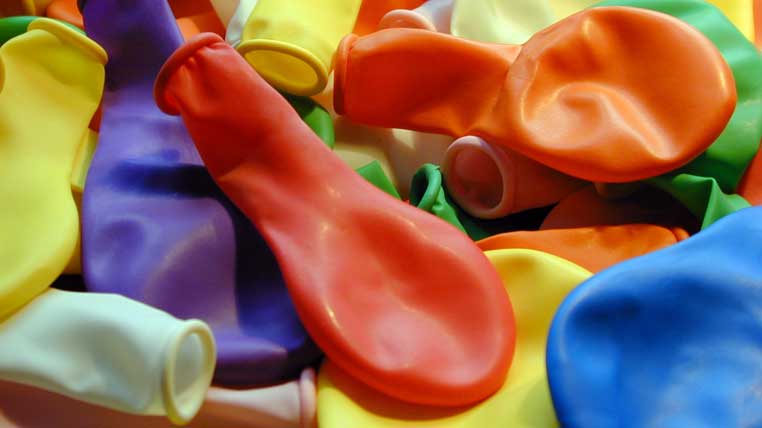
Globophobia
Globophobia is an irrational fear of balloons, which can cause extreme fear, anxiety, or panic at the sight, sound, touch, and smell of balloons.
This fear can extend to various types of balloons, such as inflated and deflated balloons, latex/rubber, foil, balloon animals, helium, air-filled, water-filled, and hot air balloons.
Though more common in young children, some adolescents experience an aggravation of their symptoms, which can persist throughout their lives.
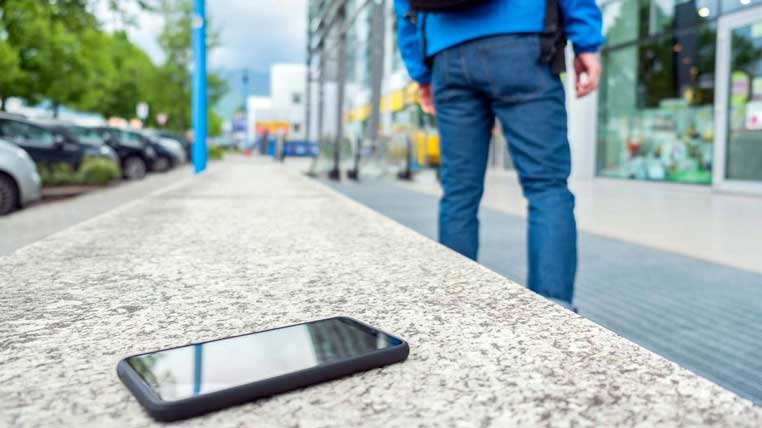
Strange Phobias - Nomophobia
Nomophobia is the fear of losing or being without one’s mobile phone.
A study commissioned by the UK Post Office found that 53% of participants experienced nomophobia, and it can be so powerful that many people never turn off their phones.
55% attributed this fear to staying connected with family and friends, 10% said they needed to stay connected to their workplace, and 9% said turning off their mobile phones would create anxiety.
People with nomophobia are more willing to interrupt their daily activities to answer a phone call, including while watching TV (80%), eating (40%), or while in bed with another person (18%).
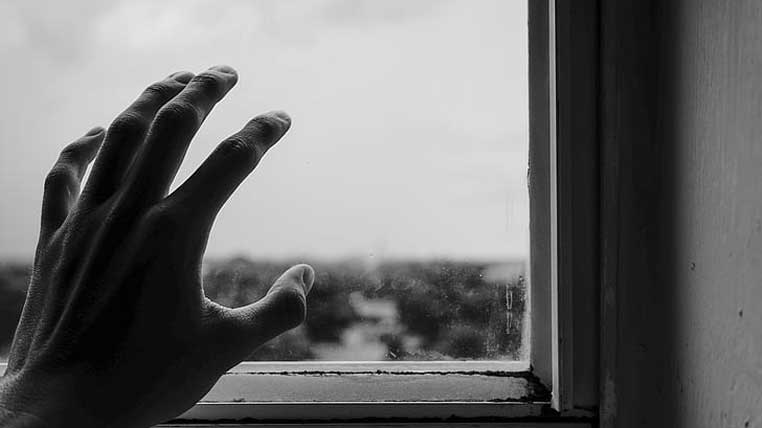
Phobophobia
Phobophobia is the fear of phobias and can cause a vicious cycle that ultimately leads to increased fears, which can significantly impact the lives of those who suffer from it.
Some people with phobophobia already have one or more existing phobias, while others fear that they may develop a phobia.
Phobophobia is often linked to other anxiety disorders and can lead to the development of a bona fide phobia.
This fear can cause patients to limit their activities to minimize exposure to potential phobia-triggering factors, leading to agoraphobia (fear of open spaces) or a fear of a particular object or situation.

Strange Phobias - Ergophobia
Ergophobia is an irrational fear of work that can cause anxiety, panic attacks, increased heart rate, sweating, agitation, or trembling.
This condition is often treated as a joke, but it is a severe medical condition that can impact the patient’s quality of life.
Those suffering from this phobia often find themselves unable to work and make a living, making them dependent on their family.
Unfortunately, there is no effective treatment for ergophobia.
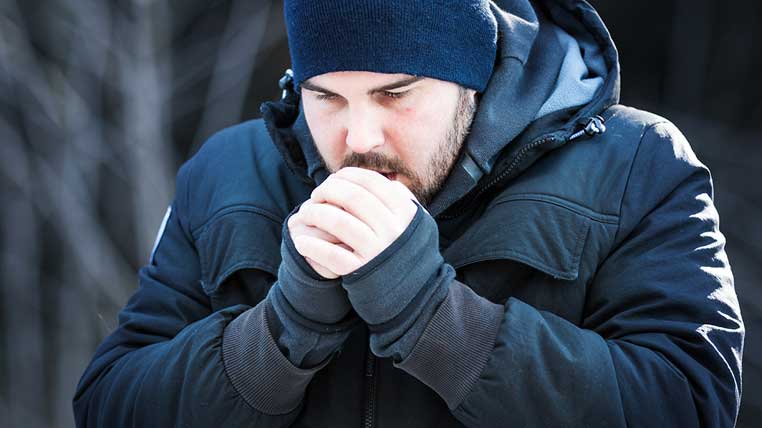
Frigophobia
Frigophobia, a fear of cold temperatures, is the second most bizarre phobia on the top 10 list.
This irrational fear is most widespread in China, where those who suffer from it often wear thick clothing, regardless of the season or outside temperature.
According to traditional Chinese medicine, an adequate diet and restoring the Yin and Yang balance can help treat frigophobia.
Recommended foods for this include chicken soup, pineapple juice mixed with ginger and honey, red tea with ginger juice and sugar, yeast-containing foods such as bread, spices like ginger and chili pepper, and diluted vinegar in water.
A strange case of frigophobia occurred in Singapore in the 1990s when a 45-year-old housewife was diagnosed with this fear of cold.
The patient experienced abnormal symptoms upon contact with cold temperatures, including persistent and overwhelming fear, dizziness, difficulty breathing, suffocation, palpitations, chest pain, trembling, sweating, nausea, and numbness and tingling in the hands and feet.

Strange Phobias - Cibophobia
Cibophobia is at the top of the list of medically recognized strange phobias, a fear of food.
People with cibophobia can have a general fear of all types of food and beverages, or they may have more specific fears.
Cibophobia is sometimes misdiagnosed as anorexia because those with anorexia fear the effects of food on their body, while those with cibophobia fear the food itself.
Perishable foods, such as mayonnaise, milk, fresh fruits and vegetables, and meat, can trigger an irrational fear in those with cibophobia, often due to a fear of germs or microbes that may be found, especially on fresh produce.
Undercooked food is another trigger, as fear of foodborne illnesses can lead some people to avoid foods that are not cooked sufficiently.
People with cibophobia may also fear food products approaching or past their expiration date or leftovers from the previous day.
When people with food phobias do not have control over the preparation of foods, they may fear what is being served to them and may avoid eating in restaurants, at a friend’s house, or anywhere they do not have total control over the way the food is prepared.
Strange phobias like frigophobia and cibophobia may seem irrational, but for those who suffer from them, they can be debilitating.
Understanding and compassion can go a long way toward helping those with these phobias seek the treatment they need to overcome their fears and live a more fulfilling life.
At Ancient Theory we only use trusted sources to document our articles. Such relevant sources include authentic documents, newspaper and magazine articles, established authors, or reputable websites.
- Jason Yongsheng Chan - Vestiphobia in a military conscript: a case report. Kranji Medical Centre, 2011. [Source]
- One in five parents suffer from arithmophobia. Open University Business School. [Source]
- David P. Phillips, George C. Liu, Kennon Kwok, Jason R. Jarvinen, Wei Zhang, and Ian S. Abramson - The Hound of the Baskervilles effect: A natural experiment on the Influence of psychological stress on the timing of death. British Medical Journal, 2001. [Source]
- Arithmophobia (Fear of Numbers). clevelandclinic.org.
- Sudip Bhattacharya, Abu Bashar, Abhay Srivastava, and Amarjeet Singh - Nomophobia. NO MObile PHone PhoBIA. Journal of Family Medicine and Primary Care. [Source]
- E. Griez and M.A. van den Hout - Treatment of phobophobia by exposure to CO2-induced anxiety symptoms. [Source]
- Beng-Yeong Ng and Wei-Han Zheng - Frigophobia: A Culture-Related Psychiatric Syndrome. [Source]
